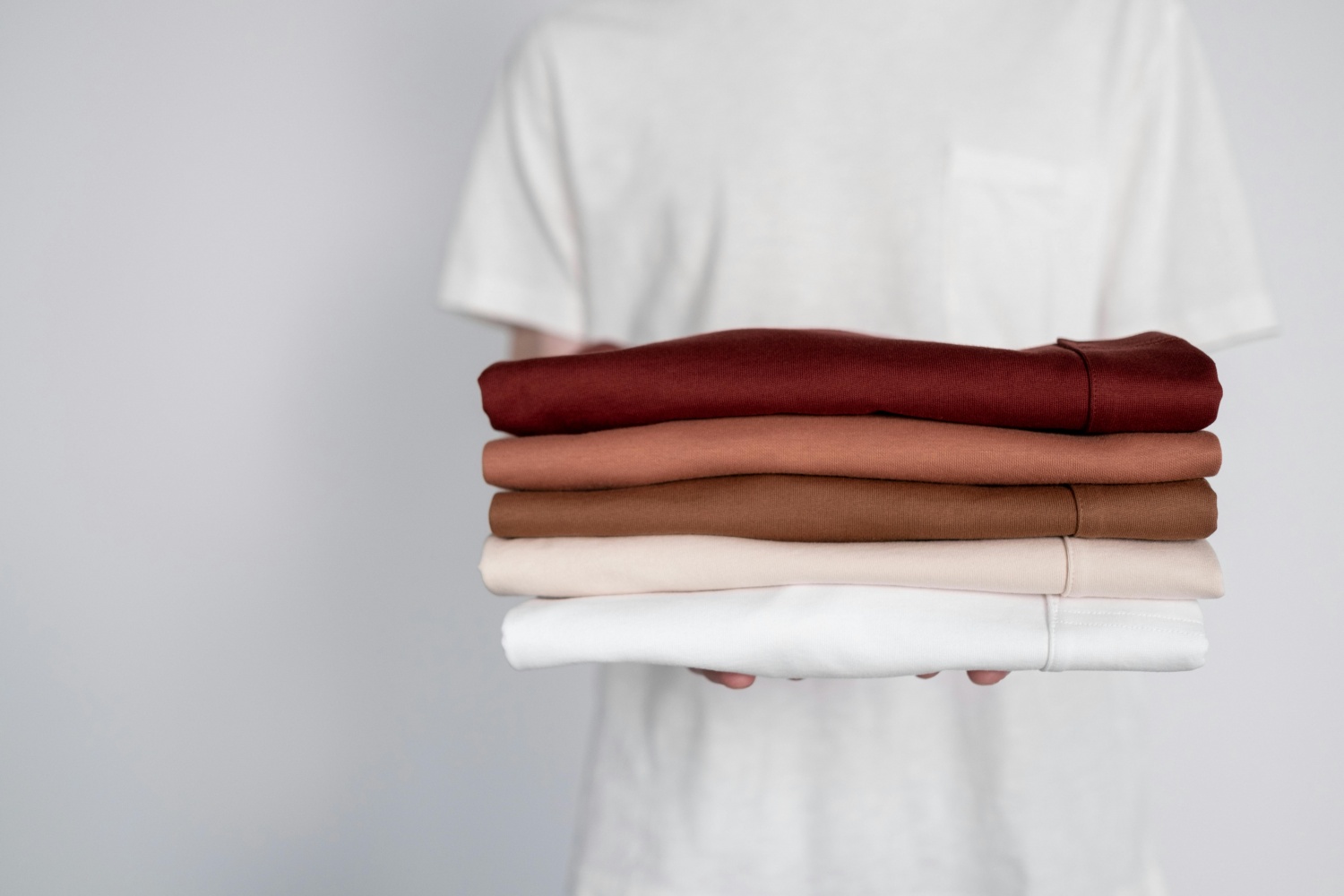Mental Health
Chronic Insomniacs Have More Adaptable, Excitable Brains, Study Suggests
Insomniacs may have more adaptable and active brains, a new study suggests.
Researchers at Johns Hopkins University found that chronic insomnia sufferers show significantly more plasticity and activity in the motor cortex, the part of the brain that controls movement compared to good sleepers.
"Insomnia is not a nighttime disorder," lead researcher Dr. Rachel E. Salas, an assistant professor of neurology at the Johns Hopkins University School of Medicine, said in a news release. "It's a 24-hour brain condition, like a light switch that is always on. Our research adds information about differences in the brain associated with it."
The study also revealed that the neurons in the motor cortex of chronic insomniacs should more "excitability," suggesting that insomniacs are in a constant state of heightened information processing that disrupts their sleep.
The latest study involved 28 participants. Eighteen of the participants suffered insomnia for a year or more and 10 were considered good sleepers. Researchers used transcranial magnetic stimulation (TMS), which painlessly and noninvasively disrupt the function of a targeted area by delivering electromagnetic currents to parts of the brain. This technique is used to treat depression in some patients by stimulating neurons in the brain region involved in mood control.
Each of the participants was fitted with electrodes on their dominant thumb as well as an accelerometer to measure the speed and direction of the thumb. Afterwards, each participant was given 65 electrical pulses using TMS to simulate parts of the motor cortex. Researchers then watched for involuntary thumb movements linked to the stimulation.
Afterwards, researchers trained each participant for 30 minutes by teaching them how to move their thumb in the opposite direction of the original involuntary movement. Researchers said the goal was to measure the extent to which participants' brains could lead to move their thumbs involuntarily in the newly trained direction. Participants who were more able to move their thumb in the new direction are believed to have more "plastic" motor cortexes.
Researchers initially hypothesized that good sleepers would perform better at the task because lack of sleep at night has been linked to decreased memory and concentration during the day. However, the findings showed the opposite. The study revealed that the brains of people with chronic insomnia demonstrated significantly more plasticity.
Researchers said the latest study suggests that transcranial magnetic stimulation could be used to diagnose and treat insomnia by reducing excitability.
The findings are published in the journal Sleep.









Join the Conversation